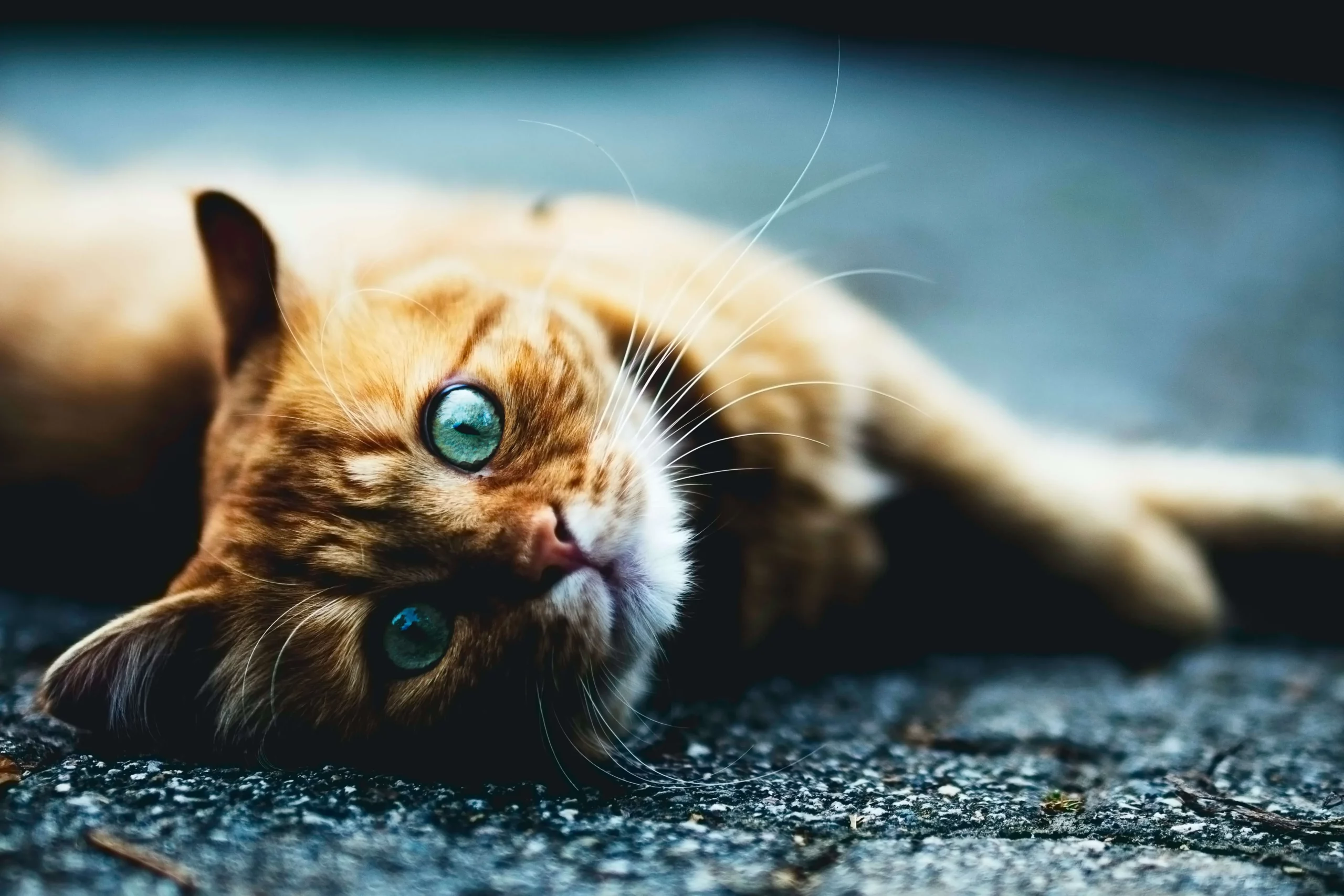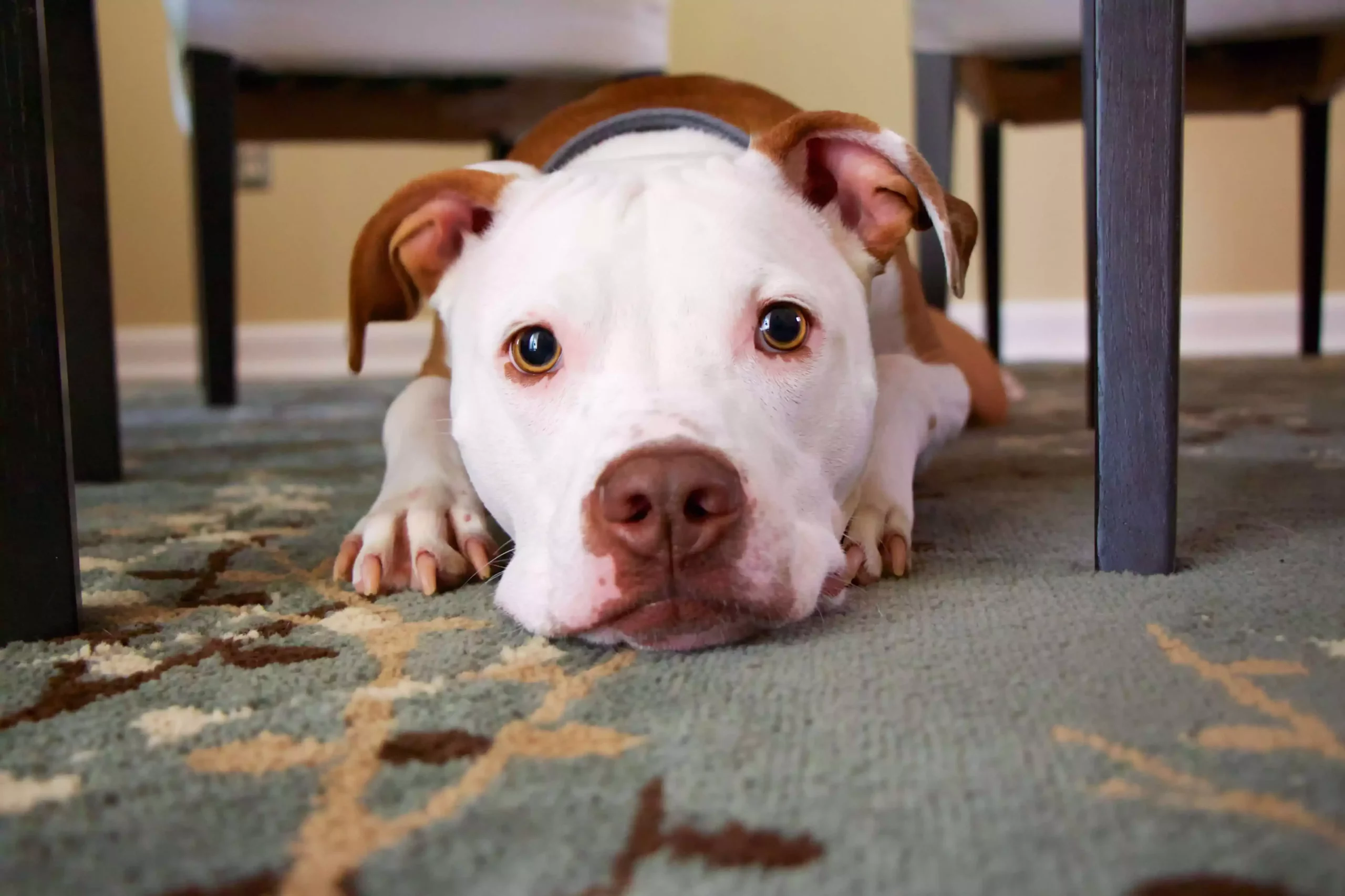Feline Leukemia
Feline leukemia virus is one of the most common—and most dangerous—infectious diseases that can affect our feline friends. According to data from Cornell University, as many as three percent of the kitties in the U.S. and Canada are affected. That’s the point of Feline Leukemia Day, which falls on July 15th every year and is dedicated to raising awareness about this dangerous disease. Read on as a local vet discusses leukemia in cats.
What Is Feline Leukemia?
FeLV is a retrovirus that can cause other serious health problems, including cancer, skin infections, eye problems, respiratory issues, and blood disorders. It also weakens Fluffy’s immune system, which will make her more vulnerable to other health issues, such as lymphoma.
How Long Do Cats Live With FeLV?
The exact time frame is going to vary from kitty to kitty. Fluffy’s age and health are both factors. Her viral load may also change over time. The effects on a cat’s immune system also come into play here, as FeLV-positive felines are at risk of secondary infections.
That said, to give a very general idea, most adult cats can live between two to six years after diagnosis. The estimates are lower for infected kittens, who typically live between six months and two years.
Can Feline Leukemia Be Cured?
Unfortunately, there is no cure. However, many kitties go on to live long happy lives, even after diagnosis.
How Do Cats Get Feline leukemia?
Unlike the types of leukemia that infect humans, feline leukemia is contagious. It’s usually spread through close contact, such as when kitties snuggle or groom each other. It can also be spread through bites, fighting, and even shared bowls. Mothers can also pass it on to their kittens.
It’s worth noting that the virus is usually transmitted through saliva, rather than urine or feces.
Some kitties are at higher risk than others. The biggest one is remaining unvaccinated. Cats that live or are allowed outside are also at increased risk. Fluffy could also be exposed if she spends time with an infected kitty. This is one reason we always recommend keeping newly adopted pets separate from current pets until your vet gives the all-clear.
On a brighter note, the virus cannot live long outside a host’s body.
Can People Catch Feline Leukemia?
No. Those of you with dogs can breathe a sigh of relief: our canine friends are not at risk, either. Nor are any other animals. However, it is extremely contagious to other cats, which is why we always recommend keeping infected kitties inside. (Note: we actually recommend keeping all cats inside, just as a matter of proper pet care. Kitties are much safer indoors, where they aren’t at risk from weather, cars, traffic, or other hazards.)
How Is FeLV Treated?
There is no standard treatment for FeLV itself. However, infected cats are often at risk of developing secondary infections. There may be treatments available for those. For example, your vet may recommend antibiotics, anti-inflammatories, or appetite stimulants. Some cats may benefit from blood transfusion.
That said, it’s important to keep in mind that every cat is different. The exact recommendations will always be offered on a case-by-case basis, after the kitty has been diagnosed and evaluated.
What Are The Stages Of Feline Leukemia?
FeLV has three separate stages. This isn’t necessarily a linear progression from one to the next.
The stages are as follow:
Abortive Infection and Immunity
At this point, the virus is beginning to replicate. Most cats do not show any symptoms in the first stage. In fact, kitties with healthy immune systems may beat the virus at this point. About one in three felines never progress past this stage.
Progressive Infection and Disease
At this point, the virus is spreading, and will reach Fluffy’s lymph nodes and gastrointestinal system. Your pet will begin shedding virus, and will be contagious to other cats. As the disease progresses, it will eventually get into your pet’s marrow. At that point, there is no longer a chance of her beating the virus.
Regressive Infection and Immunity
This is similar to remission. Kitties that have beaten off the virus are in the regressive phase. This is sometimes temporary. However, some cats with regressive FELV may never develop any issues related to FeLV. They also are not typically contagious.
Ask your vet for more information.
What Are The Signs Of FeLV?
Most of the time, the first thing you will see is diarrhea and vomiting. This isn’t going to be the once-in-a-while-tummy-upset or hairball incident: it will become quite persistent and tends to get worse over time. Fluffy may also have trouble keeping her food down.
Fever
Fever is also not uncommon in kitties that have feline leukemia. It may be a mild fever at first, but that isn’t always the case. Fluffy may also get quite sick.
Pale Gums
Another thing you may notice on your feline pal is pale gums. This often goes hand in hand with fever.
Weakness
Over time, the effects of feline leukemia will start to add up, and will really take their toll. Fluffy may seem weak and lethargic. She may lose interest in play and just lay around in her bed all day. (We know, many cats make lounging about a life goal. However, healthy cats will perk up and emerge for meals, cuddles, and playtime. They should also be alert and at least somewhat responsive to various stimuli …such as the sound of the can opener.)
Lack Of Interest In Food/Water
Any time a cat loses interest in food, it’s a cause for concern. This is a symptom of many different illnesses in cats.
Fluffy may also lose interest in drinking water, which can quickly lead to dehydration.
Respiratory Issues
It’s also not uncommon for cats to develop respiratory issues, particularly in the later stages of the disease. You may notice your pet wheezing, rasping, or just having trouble breathing.
Seizures
Fluffy may also get seizures. In some cases, cats will display behavioral changes. Some develop neurological disorders.
Keep in mind that many of these symptoms are also signs of several other health issues. If you notice any of them in your feline pal, contact your vet right away.
Should I Adopt a FeLV-Positive Kitty?
Sadly, many cats that are FeLV positive have a very hard time finding loving homes. That’s very sad, since, as mentioned above, kitties with feline leukemia may have many great years ahead of them. You will need to be aware that Fluffy may need to see her doctor a bit more than other kitties. Aside from that, you’ll just need to keep her happy and comfortable indoors. Ask your vet for tips.
What If My Cat Is Diagnosed With FeLV?
The important thing to remember is that a FeLV diagnosis is not a death sentence. Fluffy may have several years of purrs and pounces ahead of her!
If your feline pal has been diagnosed, you’ll want to get specific information and advice from your vet. Because every pet is different, it’s important to get custom advice.
How Do I Protect My Cat From FeLV?
Fortunately, we have a very simple solution: just get your furry pal vaccinated! If your kitty hasn’t been vaccinated, or if you have questions about her immunization, reach out to your vet right away. Spaying and neutering also helps, as it reduces the risk of Fluffy fighting or getting into close contact with other cats.
Conclusion: Feline Leukemia is fairly common in cats, affecting between 2 and 3 percent of kitties in the U.S. and Canada. It can weaken your pet’s immune system, and will render her susceptible to other health conditions, such as skin infections, urinary tract infections, and cancer.
Book An Appointment At Our Pet Clinic
Do you need to bring your feline buddy in for an exam or vaccinations? Please feel free to contact us, your animal clinic, anytime.




